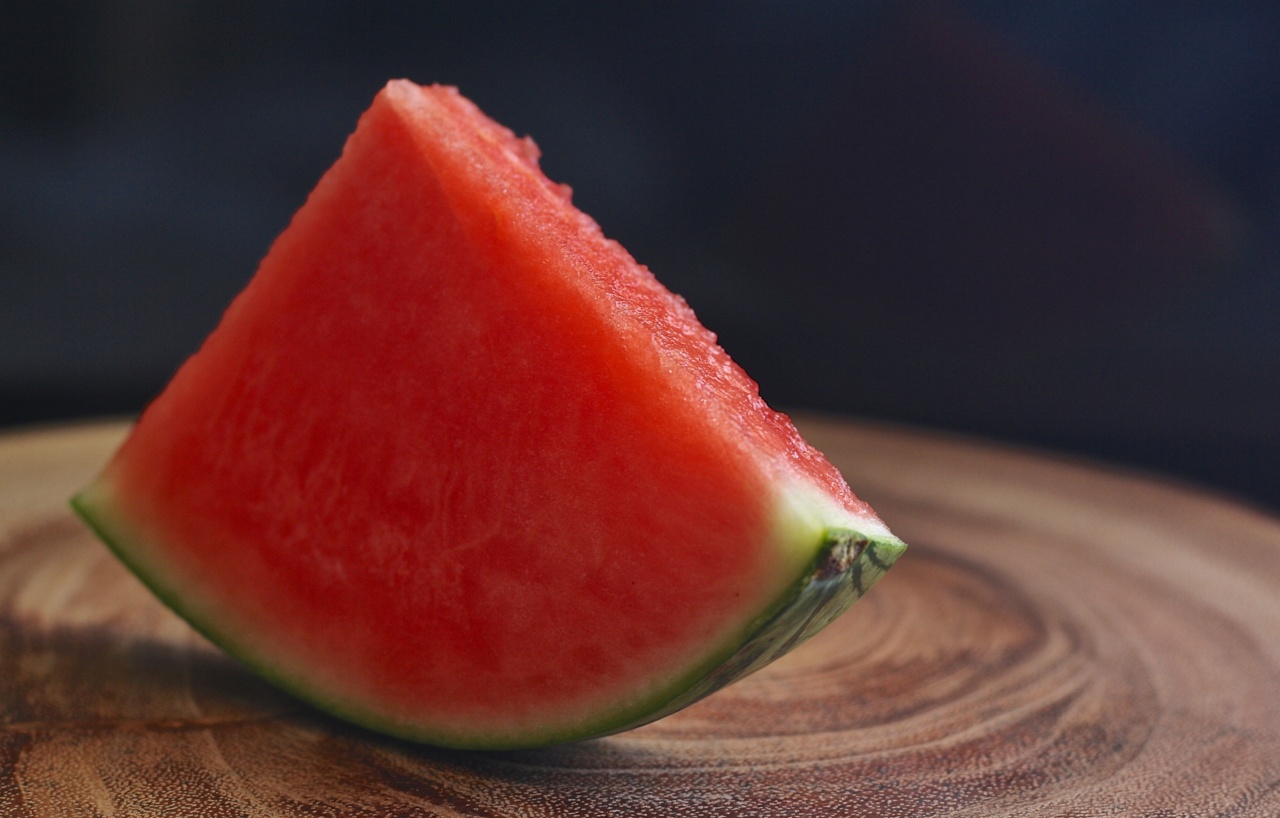Watermelons and melons are popular summer fruits that are not just delicious, but also offer numerous health benefits. As much as these fruits are great for humans, they can also be served to your furry friend, but with some precautions in place.
In this article, we’ll go over some tips to help you serve watermelon and melon safely to your dog.
Why Watermelon and Melon are Safe for Dogs?
Watermelons and Melons are a great source of vitamins, fibre, and antioxidants. These nutrients make them great for maintaining a healthy body in your dog, and there are a couple of reasons why they are safe for your dogs.
One, watermelons and melons are low in calories, meaning they can be fed in large quantities without leading to weight gain. Second, they are 92% water, making them a great choice for dogs that need hydration. Lastly, both fruits are low in fat and sodium, making them suitable for dogs that have special dietary needs.
The Precautions to Take When Serving Watermelon and Melon
Despite the many benefits of these fruits, there are some precautions to take when serving them to your dogs.
1. Always Remove the Seeds
Watermelon and melon seeds can cause intestinal blockages, which can be fatal to your dogs. Therefore, it’s always advisable to remove the seeds before serving your dog the fruit.
2. Moderation is Critical
While watermelon and melon are safe for dogs, they should not be given in large quantities. This is because too much fruit can lead to digestive problems, such as diarrhea or stomach upset.
Only give small pieces, and make sure that it makes up only a small portion of your dog’s diet.
3. Only Serve the Flesh
When sharing watermelon and melon with your dog, ensure that you only give it the flesh. The rind and the skin of these fruits can be hard to digest, and they may also be treated with pesticides or other chemicals.
4. Watch for Any Negative Reactions
Just like humans, dogs can have allergies and adverse reactions to different foods. When offering your dog watermelon or melon for the first time, it’s essential to watch out for any negative reactions.
Symptoms of a reaction may include itching, vomiting, diarrhea, or difficulty breathing. If you notice any of these symptoms, contact your vet right away.
How to Prepare Watermelon and Melon for your Dog
Here are some tips to help you prepare watermelon and melon safely for your four-legged friend:.
1. Choose the Right Watermelon or Melon
When selecting the fruits, go for the seedsless watermelon and ripe melon. Also, ensure that the fruits are fresh and have not been treated with chemicals or pesticides that could harm your dog.
2. Remove the Seeds and the Rind
As mentioned earlier, the seeds and the skin of the fruits are hard to digest and may contain pesticides or other chemicals. It’s essential to remove them before feeding them to your dog.
3. Cut the Fruit into Small Pieces
When serving watermelon or melon to your dog, it’s essential to cut the fruit into smaller pieces to avoid any choking hazards. Small pieces will also be easier for your dog to digest.
4. Feed in Moderation
Only serve small pieces of the fruit and only on occasion. Remember that fruits should only make a small portion of your dog’s diet and should not replace their regular meals.
The Bottom Line
Watermelon and melon are great treats for your dog, but they should be served in moderation and with some precautions in place. Ensure that you remove the seeds, choose the right fruits, and only feed the flesh of the fruits.
If you notice any adverse reactions, consult your vet immediately. With these precautions in place, both you and your furry friend can enjoy summer’s delicious treats.






























